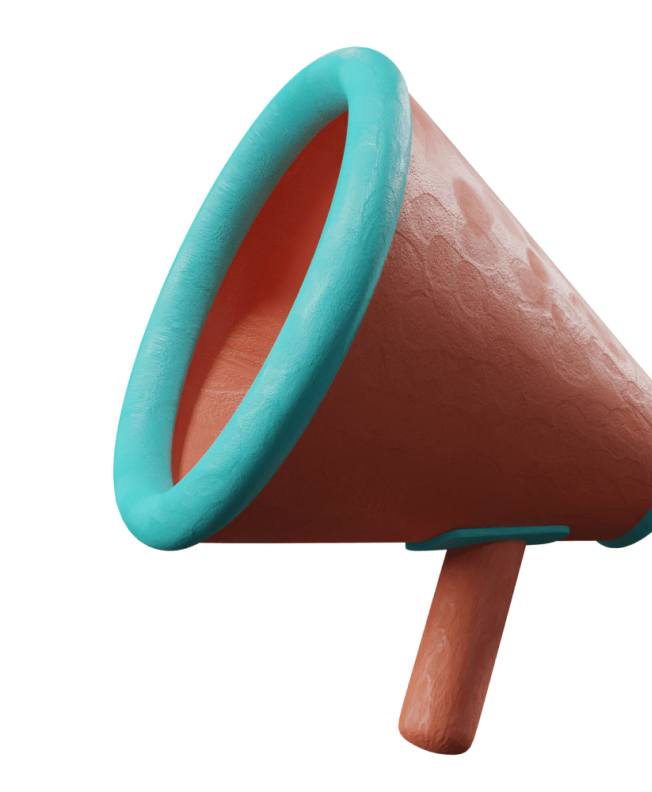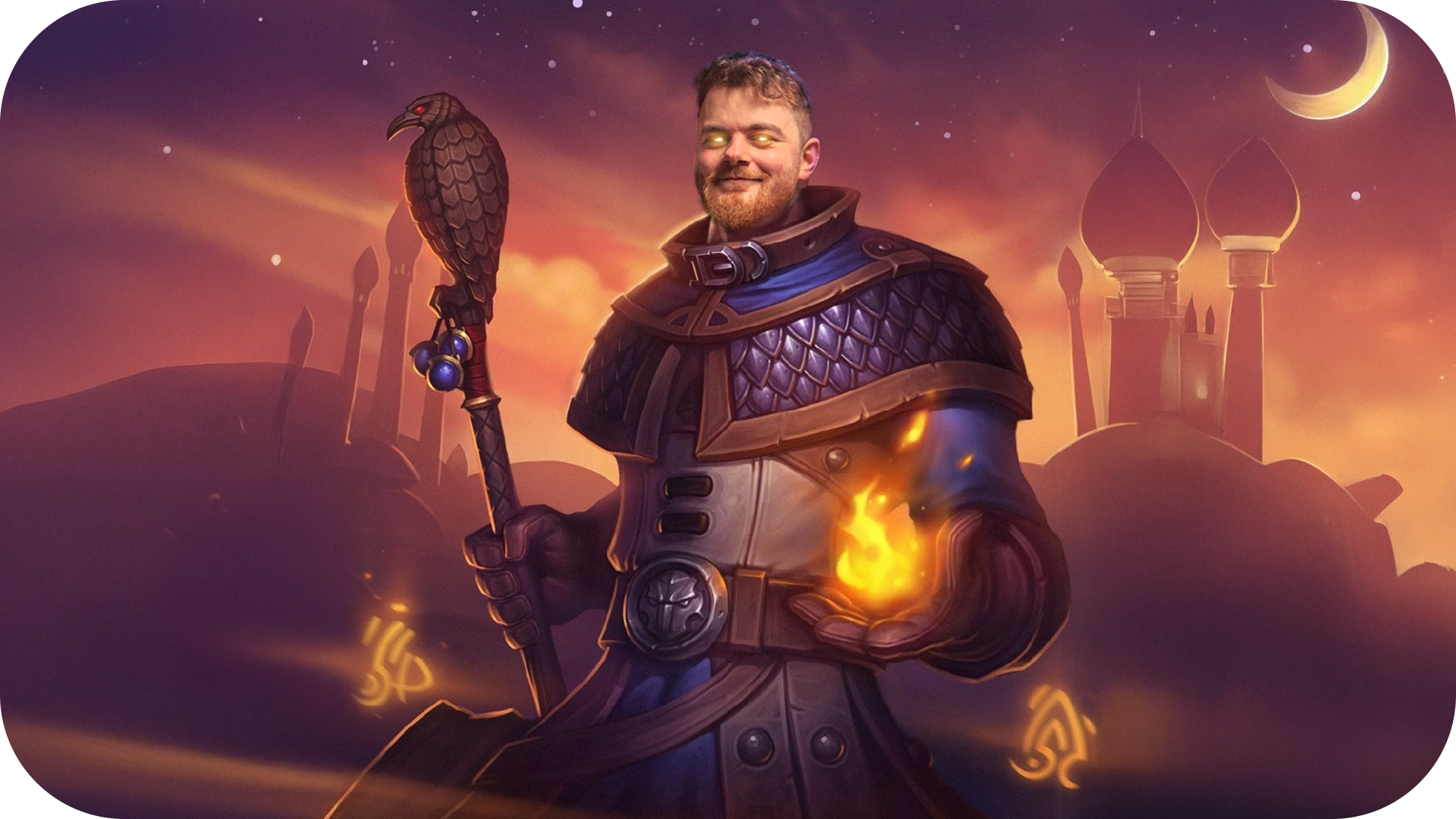
by Google
How did your passion for animation begin?
From a young age, my parents allowed me to watch South Park, which I consider to be the key moment that led me to animation. Since my classmates in elementary school couldn't watch South Park, I started drawing comics for them from the episodes I saw and showing them at school. Over time, I also started creating my own stories.
Where did you go to school? Did you also study animation?
I studied at Vazova, an ordinary elementary school, which I didn't enjoy because I had a problem and struggled with subjects like physics and math. The only thing I really enjoyed was drawing. Later, when I was in the eighth grade, I learned about the Secondary Industrial School of Animation in Petržalka, where they took me. Then I was thinking about how to leave elementary school as quickly as possible, and I agreed on differential exams. So I left in the eighth grade, and in the summer I had to take all the exams from the ninth grade and achieve at least fours. I really enjoyed it at that school, and I tried to absorb this craft as much as possible. I think the school was very well equipped, maybe even more than the university later, because since it was a private school, they had great machines, software and excellent teachers. I really, really enjoyed it there.
How did the character of Pišta Lakatoš and LokalTV in general come about?
I think the first impulse came during my studies at university. In my second year, I was given the task of making an animated documentary, any kind, but I didn't want to make classic educational documentaries. When I was in elementary school, every morning I was woken up by an advertisement on Fun Radio, dubbed by Marián Čekovský, and it was a great sound that put me in a great mood every morning. I remembered that at that time someone had uploaded an uncut version of this advertisement to the Internet, that is, the entire audio, not just 30 seconds. I took this audio, edited it differently than it was used in the advertisement, and then I animated the character Pišta Lakatoša. I then uploaded the video to YouTube, which was still in its infancy at the time, but it was a huge success.

What did Marián say about it and what happened after the success of the first Pištu animations?
Marián Čekovský didn't know about it at all, and when he saw it on YouTube, he was excited and liked it a lot. After it was published, Orange and JOJ Television contacted us. Orange wanted an advertisement for Funfón with the character Pištu Lakatoš for a new product. So we filmed a Christmas spot, which developed into a long-term campaign. JOJ Television wanted Pištu Lakatoš as a judge on Talent. They liked the idea, but there were only two of us and we couldn't produce videos fast enough. Later, they suggested that we film the entire series. We agreed, even though there were only two of us and we didn't know how we were going to do it. They originally wanted eight episodes, but we were only able to finish four, and the next year we'll deliver four more episodes. That's how the project took off and became what it became.
Are there any differences between working for TV and for the web?
Working for TV and for the web was quite different. On TV it was more conventional, we had to have scripts and we called actors to dub, which required approvals. We didn't really like that because we felt it was outdated. On the web we had much more freedom. We often dubbed everything ourselves, without having to call actors. The stories were created by coming to the studio in the morning and trying to make each other laugh. We didn't have a fixed script, just the basic points we wanted to cover in the story. Then we went to the microphone and improvised. Our internet production, Lokálka, was basically based on freestyle.

How did Rybička come about?
Rybička! In our best days, there were ten of us and we worked in an office environment where everyone was watching something and always looking for inspiration on the internet. One of us came across Mariňák, which we really liked and enjoyed. We got his contact and decided to reach out to him. Originally, I wanted Mariňák to be the main character of the new animation, but he didn't want to continue in this role anymore, he said it was overcooked. Then we started thinking up a new series, which we called Animoterapia - a series where different animals would complain about life and their surroundings. Fučo improvised the fish's voice for about 15 minutes, we took two minutes out of it, adjusted the voice to sound thinner, and the result was perfect.

How does the work on such an animation go and how did you come up with the whole series of animals?
We always recorded the sound first and only then started the animation and drawing. We listened to the voice and created the visuals accordingly. For example, when we heard the voice of a Marine, we gave the character squinting eyes, like a Marine would do. This approach was a great success, so we quickly continued with other videos - we drew a dog, a pony, and the series took off. We decided that we would regularly invite people who are able to improvise to the series. We gave them the opportunity to choose an animal and a topic to talk about. Various performers appeared here, such as Jerry or Ladižo, and gradually it became a rule that each animal had its own voice. This concept turned out to be very entertaining not only for the audience, but also for the dubbers, who always had a good time doing it.
How did the collaboration with Rytmus come about?
In the company, we often imitated the voices of different people together with my colleague. This proved to be successful during our work for JOJ, where we had to create a rap piece. We tried a parody of Rytmus, which was very popular on television. When we switched to the internet, one of the first series we wanted to try was Rytmaus. We found that rap can be parodied well and that it works – people laughed and the viewership was high. From there we moved on to freestyle battles.
I remember that when it was still on JOJka, Rytmus wrote to us - I don't know how he got our number. He really appreciated it and laughed that we could "load" him even more, that it was funny. We tried to film something with him and in one episode he appeared as a frost. He wanted to collaborate. Later, I have a feeling that he wanted to do something in a movie, but it didn't work out. I have information that over time he didn't appreciate it so much and it probably started to piss him off.

How did you come up with the idea of combining cartoon characters with real guests in your talk show?
We wanted to create something that would combine animation with reality. This concept seemed very original to us, because we hadn't seen anything like it before. Viktor Horián, who dubbed the character René in Lokálka, hosted his own talk show in clubs in real life. His character René, as his alter ego, could have been even more eccentric, and we enjoyed that. The concept of the talk show was relatively simple to implement, with Viktor behind the camera and interacting with real guests, but no one physically sat next to him on the couch – we animated that character into the scene additionally. Even those guests always liked it, it was pretty damn good.
Do you have a favorite character?
Pišta Lakatoš is my favorite character. He's kind of my Homer Simpson. I always animate him myself, that's how I wanted it. I kept listening to his voice and didn't need any external references; I tried to sketch in a way that best suited that voice. I wasn't inspired by a specific person, everything came by itself. It was complete magic. One evening, when I was looking at him, I said to myself: "That must be him."

What are your plans for the future?
I'm currently working on two films and we're also planning to revive our production on LokalTV. I would like to release new content more regularly and expand our presence on social media, maybe even on TikTok. I can't believe I'm saying this at my age.







